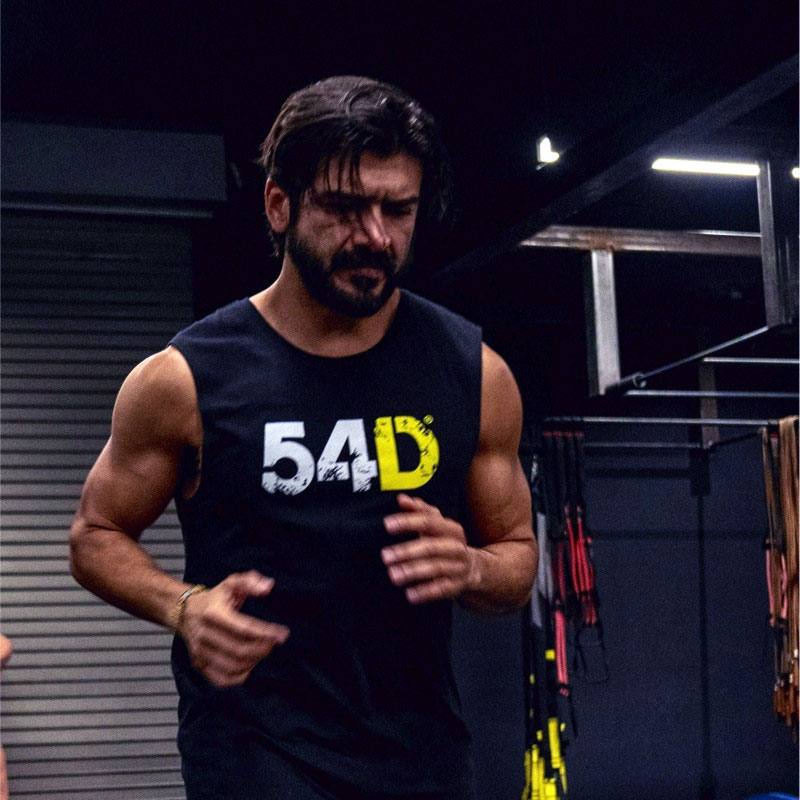What is Functional Training? Omar Yunes Explains

Functional training may sound confusing—but it’s actually quite simple. Omar Yunes, CEO of 54D, a leading online fitness company, is explaining what functional training is, why it’s so important, and how to incorporate functional training into your fitness routine.
What Is Functional Training?
Functional training is about more than just looking and feeling great. When you engage in functional training, you’re doing a workout that actually serves a purpose in helping you move through day-to-day life.
Omar Yunes says that functional training moves—like squatting, picking objects up, and pushing something forward—all mimic movement patterns that most people encounter in daily life. Functional training can make you less prone to injury and overuse issues.
What Does Functional Training Entail?
If you work one-on-one with a personal trainer, they’ll talk with you about movement patterns that you go through in your day-to-day life, and then use that information to develop a program that meets your needs. If you take a group training session or a group exercise class based in functional fitness, your instructor or trainer will walk you through exercises that support movements many people encounter daily, such as exercises that support your posture as you type at a computer or drive a car.
Omar Yunes explains that functional training uses compound movements to help your body get stronger in ways that make sense for your life. For example, it’s rare that you do a standard squat to pick something up, rather, you likely lean to one side. Functional training uses compound movements—like a one-armed kettlebell pickup followed by a farmer’s walk—to help your body get stronger in a way that supports the way you move throughout your day.
Why Functional Training Matters
Most people go through the same movements day after day, which can result in muscle imbalances, posture issues, joint problems, and more. When a trainer understands how a person moves their life, they can create a program that supports their body in and out of the gym.
Functional training can also work to strengthen weak areas. Once you’ve been cleared by your doctor to work out following an injury, your trainer can work with you to correct issues that resulted in the injury, lowering the likelihood that you’ll become injured again, according to Omar Yunes.
How To Incorporate Functional Training Into Your Routine
It’s important to work with a fitness professional to learn more about the types of functional training that will support your lifestyle. Your trainer will talk with you about how many sessions each week or month you’ll need to support your fitness goals. Omar Yunes recommends talking with your trainer about any pain or injuries that you’ve experienced so they can create a functional training plan that supports your body.
Have you read?
Best CEOs In The World, 2022.
Global Passport Ranking, 2022.
Top Residence by Investment Programs, 2022.
World’s Richest People (Top Billionaires, 2022).
Economy Rankings: Largest countries by GDP, 2022.
Countries and territories with the largest population, 2022.
Top Citizenship and Residency by Investment Programs, 2022.








